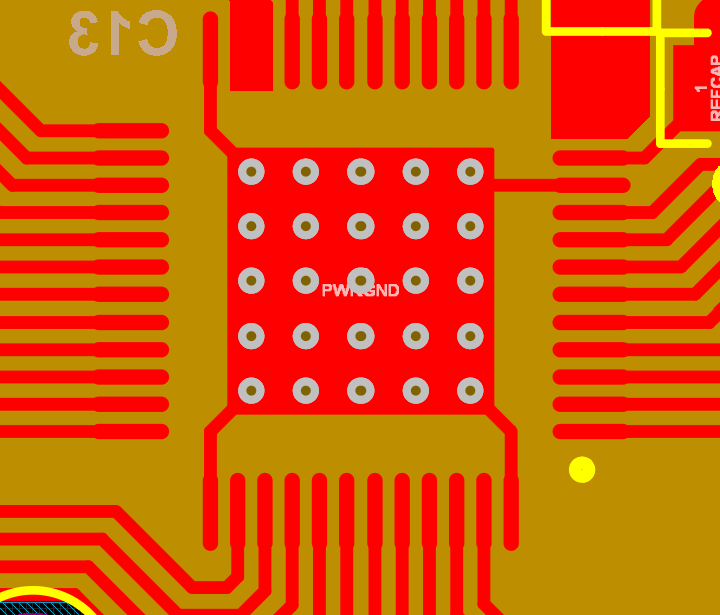Are there internal electrical connections to the thermal pad on the QFN package? I'm measuring roughly 80MΩ between pin 10 (gnd) and the thermal pad. Is that expected? If so, what is it intended to be connected to?
-
Ask a related question
What is a related question?A related question is a question created from another question. When the related question is created, it will be automatically linked to the original question.


